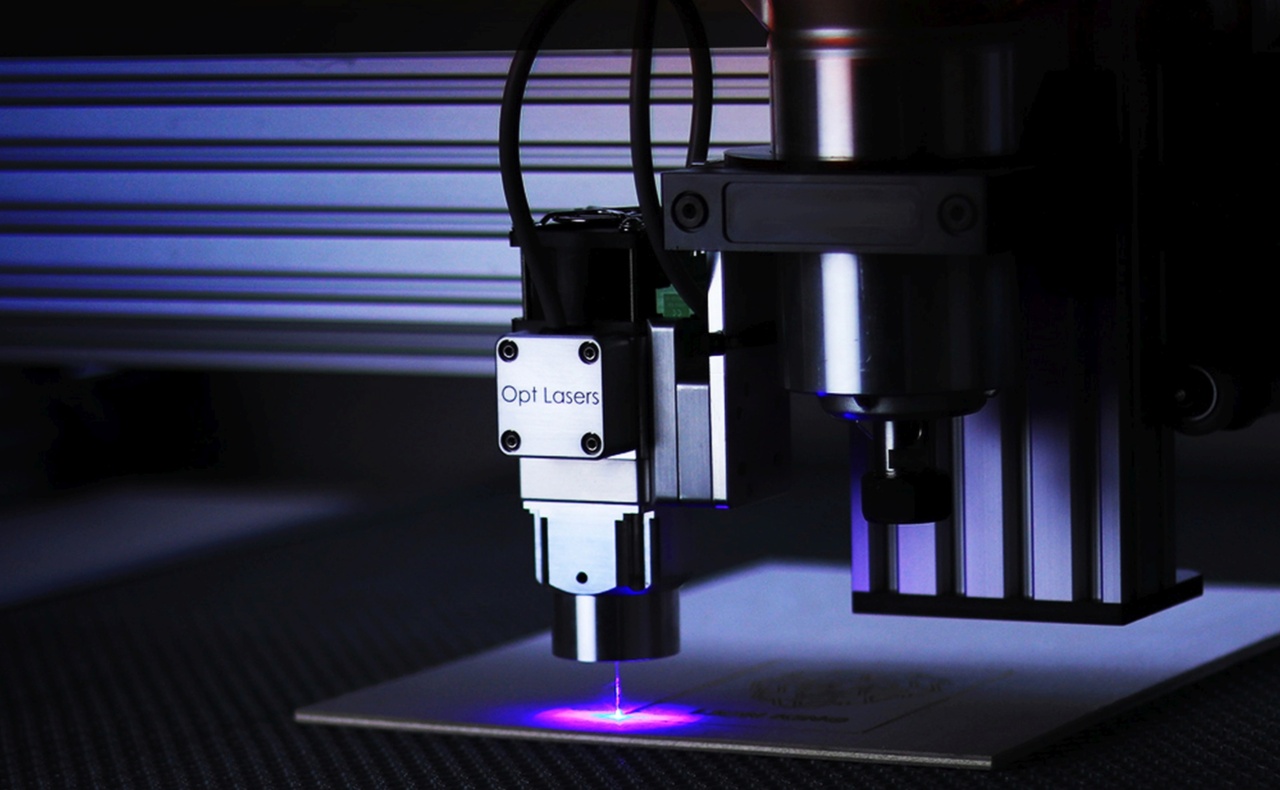Alzheimer’s disease and Parkinson’s disease are two debilitating neurological disorders that affect millions of people worldwide.
Both conditions have devastating effects on individuals and their families, leading to a progressive decline in cognitive function and motor skills. Despite extensive research, effective treatments for these diseases are still limited.
The Role of Laser Technology in Medical Advancements
Laser technology has revolutionized various fields of medicine, offering precise and minimally invasive solutions for a wide range of conditions.
Laser technology has been used in numerous medical procedures, such as eye surgeries, cosmetic treatments, and even cancer therapies. In recent years, researchers have been exploring the potential of laser technology in addressing neurodegenerative diseases like Alzheimer’s and Parkinson’s.
Understanding Alzheimer’s Disease and Its Challenges
Alzheimer’s disease is a progressive brain disorder that affects memory, thinking skills, and eventually the ability to carry out daily tasks.
It is characterized by the accumulation of amyloid-beta plaques and neurofibrillary tangles in the brain, leading to the death of brain cells. Despite decades of research, no cure or effective treatment for Alzheimer’s disease has been discovered.
The Promise of Laser Technology in Alzheimer’s Treatment
Recent studies have shown promising results in using laser technology for the treatment of Alzheimer’s disease.
Low-level laser therapy (LLLT), also known as photobiomodulation, has been found to have positive effects on cognitive function and memory in animal models of Alzheimer’s. LLLT involves the application of low-power lasers or light-emitting diodes (LEDs) to stimulate cellular activity and promote healing.
How Laser Technology Can Help Parkinson’s Disease Patients
Parkinson’s disease is a neurodegenerative disorder that primarily affects movement. The condition is characterized by the degeneration of dopamine-producing neurons in the brain.
Current treatments for Parkinson’s disease only provide symptomatic relief and do not halt or slow down the progression of the disease.
Laser technology, particularly transcranial laser therapy (TLT), has shown potential in addressing the underlying causes of Parkinson’s disease.
TLT involves the use of lasers to deliver light energy to specific areas of the brain, stimulating the production of ATP and promoting cellular energy metabolism. By enhancing cellular energy production, TLT aims to alleviate the symptoms of Parkinson’s disease and potentially slow down its progression.
The Advantages of Laser Technology in Neurodegenerative Diseases
1. Non-invasive: Laser therapy is a non-invasive treatment option that does not require surgical procedures or incisions. This reduces the risk of complications and shortens recovery time.
2. Precision targeting: Laser technology allows for precise targeting of specific areas of the brain affected by Alzheimer’s and Parkinson’s disease.
This ensures that the treatment is focused on the regions that require intervention, minimizing potential side effects and maximizing efficacy.
3. Minimal side effects: Laser therapy is generally well-tolerated, with minimal side effects reported.
Unlike pharmacological treatments that can cause adverse reactions, laser therapy offers a safer alternative for patients with neurodegenerative diseases.
4. Potential for personalized treatment: Laser technology can be customized to meet the individual needs of patients.
By adjusting the wavelength, intensity, and duration of the laser treatment, healthcare providers can tailor the therapy to optimize results for each patient’s specific condition.
Prominent Studies and Findings
Several studies have explored the potential of laser technology in Alzheimer’s and Parkinson’s disease treatment.
1. Study: LLLT for Alzheimer’s Disease
A study published in the Journal of Photochemistry and Photobiology B: Biology investigated the effects of LLLT on an Alzheimer’s disease animal model.
The researchers found that LLLT significantly improved cognitive performance and reduced amyloid-beta plaques in the brains of the treated animals. These findings suggest that LLLT could be a promising therapeutic approach for Alzheimer’s disease.
2. Study: TLT for Parkinson’s Disease
A study published in the Journal of Neurology Research investigated the effects of TLT on individuals with Parkinson’s disease.
The researchers observed improvements in motor function, balance, and overall quality of life in the patients who received TLT compared to those in the control group. This study highlights the potential of TLT as a non-pharmacological intervention for Parkinson’s disease.
Future Implications and Challenges
While laser technology shows great promise in the treatment of Alzheimer’s and Parkinson’s diseases, there are still several challenges and considerations to overcome.
1. Cost and Accessibility
The cost of laser therapy equipment can be a barrier to widespread adoption. Additionally, access to laser technology in remote or underdeveloped areas may be limited, preventing patients from benefiting from these advancements.
2. Need for Further Research
Although initial studies have yielded promising results, more research is needed to establish the effectiveness, optimal dosages, and long-term benefits of laser therapy for neurodegenerative diseases.
Large-scale clinical trials are necessary for regulatory approval and widespread implementation.
Conclusion
As research in the field of laser technology progresses, new opportunities for the treatment of Alzheimer’s and Parkinson’s diseases are emerging.
Laser therapy offers a non-invasive and potentially effective approach to target the underlying causes of these neurodegenerative disorders. With further advancements and research, laser technology may hold the key to eliminating the devastating impacts of Alzheimer’s and Parkinson’s disease.
This cutting-edge technology presents hope for millions of individuals around the world, paving the way for a brighter future in the fight against neurodegenerative diseases.






























